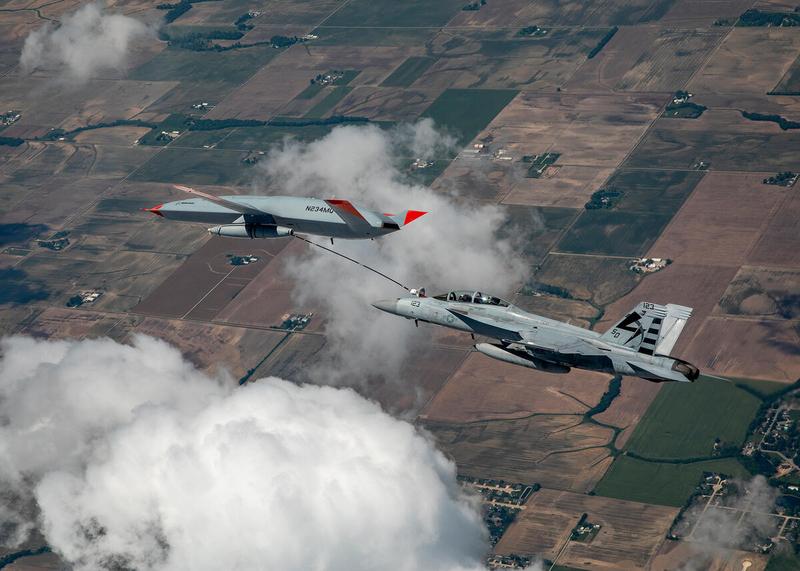- Joined
- 19 July 2016
- Messages
- 3,736
- Reaction score
- 2,703
Just reading the alternate history thread for this aircraft, considering the original aircraft was retired way before it's usefulness was at an end.
What can replace it and will it be manned or robot?
I know rotary winged assets have been around for a long time now but for a bit of range the S-3 was a bit of a monster and imho, still relevant today.
What can replace it and will it be manned or robot?
I know rotary winged assets have been around for a long time now but for a bit of range the S-3 was a bit of a monster and imho, still relevant today.

